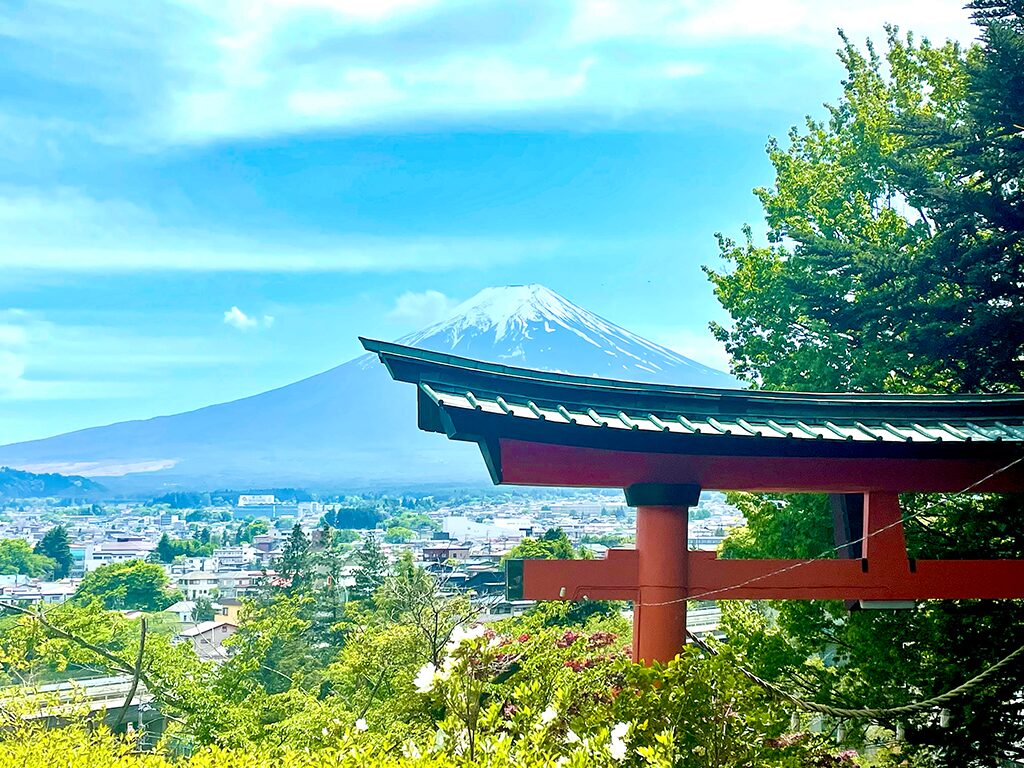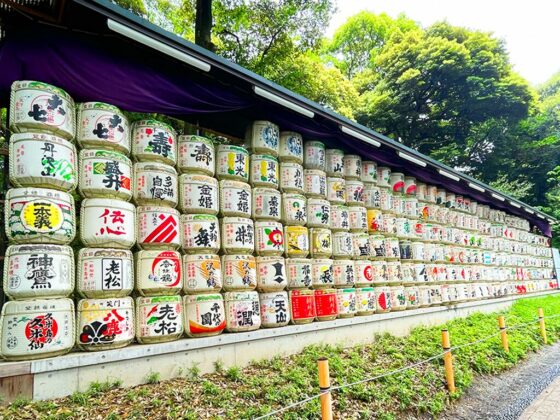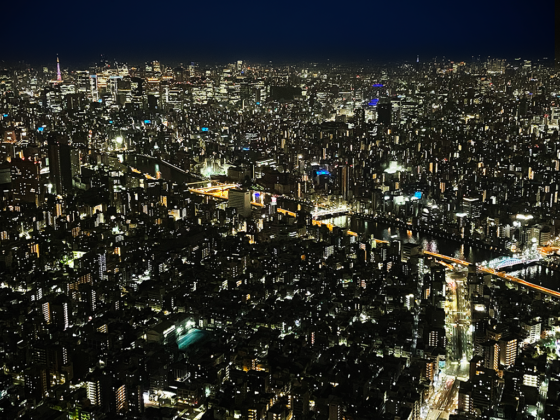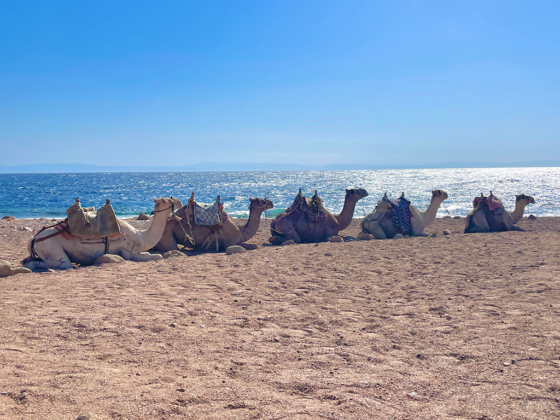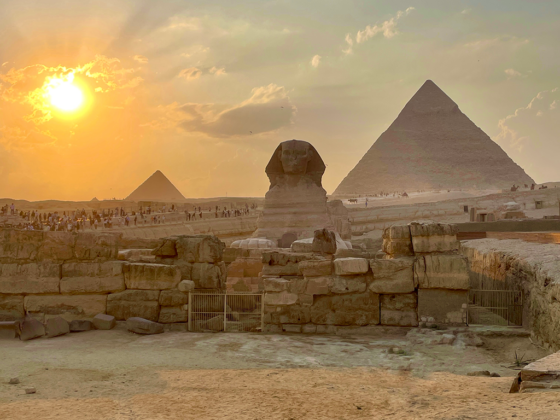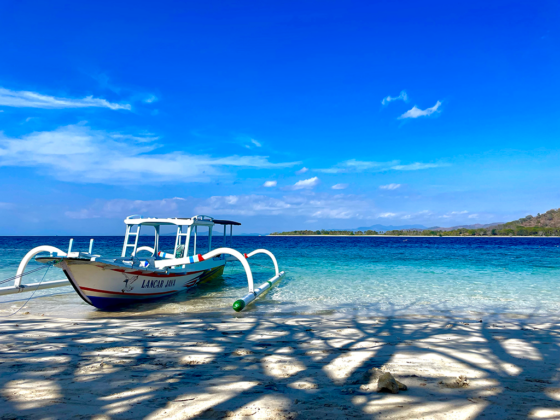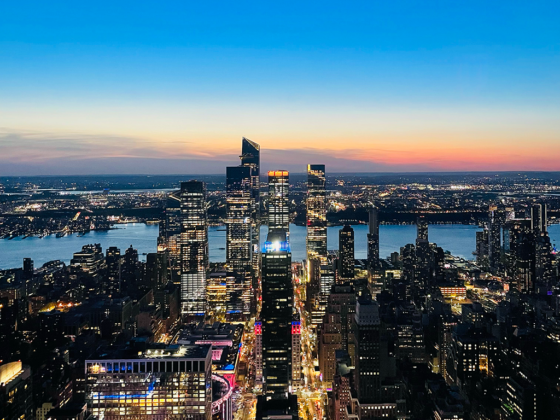Japan, country of the Rising Sun, encapsulates tradition and modernity. The Japanese are proud custodians of their traditions, but at the same time they enthusiastically embrace innovation and technology. Here, the age-old art of tea coexists with futuristic skyscrapers and centuries-old temples stand next to neighbourhoods overflowing with life, creating a unique and unforgettable experience for visitors.
For me, this trip was not only an opportunity to explore an extraordinary country, but also a way to celebrate an equally special person: my Paolino. A lifelong passionate lover of Japan, what better gift than a trip to the land of his dreams for his 40th birthday!
This 15-day itinerary through the most emblematic cities takes us on a discovery of the most iconic sights and hidden treasures of this extraordinary nation, which makes your soul vibrate and stays in your heart.
Exploring Japan by the most classic route, visiting the most touristy places, may seem like an experience that does not allow one to fully grasp the authenticity of the country, but in reality it embraces all the fundamental and fascinating aspects of this extraordinary country: ancient history, the tragic past, modernity, the future, landscapes, tradition… Once there, this perception is different, a classic tour offers a complete vision of its complex culture. Even in the most famous cities, one can feel the magic of the country and appreciate the ancient culture so deeply rooted in a people of extreme friendliness!
But before setting off on this adventure, it can be useful to consider a few things that can make organising the trip easier. Read our practical travel tips.
Itinerary in a nutshell
Our itinerary takes in Japan’s most famous cities: from the bustling streets of Tokyo to the ancient streets of Kyoto and the culinary scene of Osaka. We lose ourselves in the thousand-year-old temples of Nikko, discover the wonders around Mount Fuji with a stop in the nature of Nara.
Here are our stages:
- Milan-Tokyo flight: we arrive at the airport and pick up our wi-fi pocket; we take the Airport Limousine Bus to Tokyo;
- We start our journey from the capital, Tokyo, where we stay for 7 nights, but only 4 days visit the city. We walk through its streets and unique neighbourhoods, we discover the vastness of the metropolis, its fascinating melting pot. We devote another two days to excursions in the surrounding area: we choose Nikko and Mount Fuji to appreciate the country’s natural and spiritual beauty;
- A very fast Shinkansen takes us to Kyoto, our base for 4 days. The city of geishas and majestic temples, rich in history and traditional culture, enchants us with its elegance. We had planned to devote a day to the route between Kurama and Kibune, ancient mountain villages immersed in the forest, separated only by the peak of Mount Kurama. Unfortunately, a heavy downpour blocked the trains for most of the morning, forcing us to give up. All the more reason to return!
- With a second Shinkansen we arrive in Osaka, our final stop where we spend 4 days, 2 of which are dedicated to the city. It is the gastronomic capital of the country, here we visit ancient temples and sample local delicacies (Kani Doraku Hirakata in Dotombori is not to be missed, follow the sign of the giant crab that greets you!). Here too, we dedicate 2 days to excursions: we devote one day to Nara, the city of deer, and one to visiting Mount Koya, the spiritual heart of the country;
- Osaka-Milan flight: again by Airport Limousine Bus we arrive at the airport, hand over our wi-fi pocket and conclude our magical experience.
Welcome to Japan, where every corner is a discovery and every experience is a treasure to be treasured forever.
Tokyo (4 days)
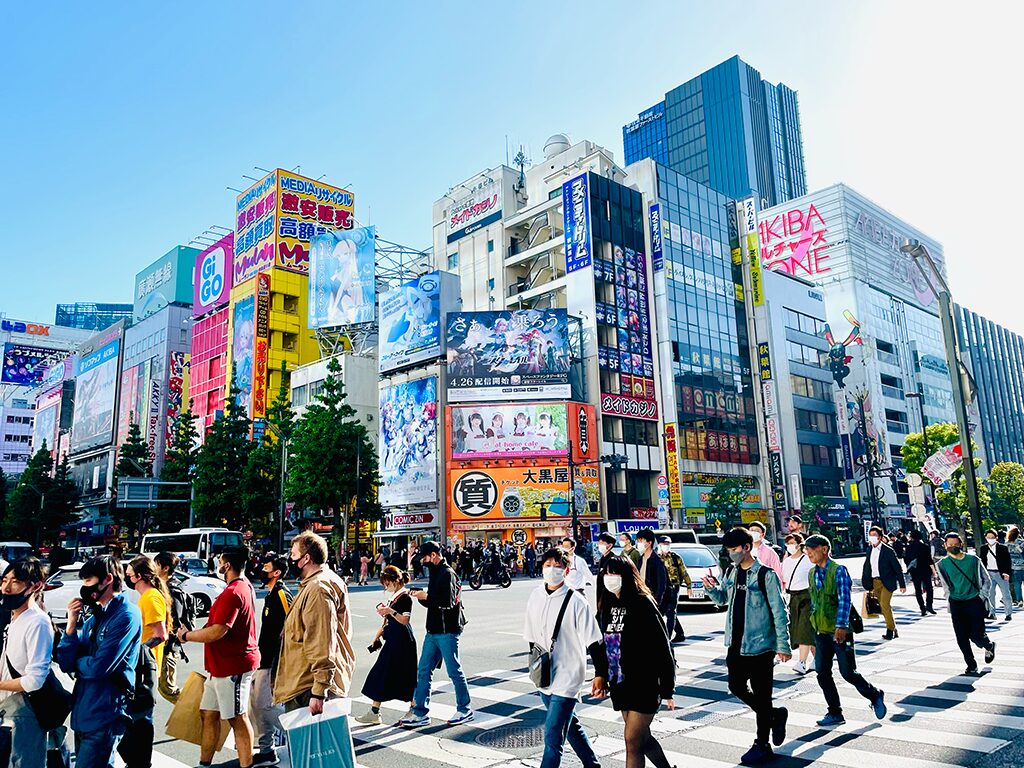
Tokyo is a city of districts, each with its own personality. Shinjuku is the epitome of urban energy, with its imposing skyscrapers, avant-garde shops and vibrant nightlife. Shibuya, on the other hand, embodies the city’s youthful spirit, with the famous Shibuya Cross ing and its spectacle: a stream of thousands of people crossing the street in all directions. The Asakusa district has the classic spirit with the picturesque Senso-ji temple and the traditional Nakamise market. Ginza is the mecca of luxury shopping, with designer boutiques and gourmet restaurants, in stark contrast to Harajuku, the realm of eccentric fashion and youth boutiques. Akihabara, known as the electronics district, is a centre of technology and pop culture, where you can find shops specialising in manga, anime and video games… a true paradise for nerds everywhere. Finally, Odaiba represents a futuristic vision of Tokyo, with its artificial islands, huge shopping malls and avant-garde architectural structures.
Some of the city’s must-see attractions include the majestic Imperial Palace, surrounded by enchanting gardens, a symbol of Japanese history, and the iconic Tokyo Tower, which offers a breathtaking panoramic view of the city (or is it itself part of the panorama to admire?). For a break from the urban hustle and bustle, the vast parks of Ueno and Yoyogi offer rejuvenating green spaces and a relaxing atmosphere.
These are just some of the many treasures the city has to offer, guaranteeing an unforgettable experience. Our complete Tokyo itinerary is coming soon.
Where to sleep
As we said, each district has its own unique identity and distinctive attractions. So where to sleep?
Shinjuku: Considered to be one of the city’s most iconic districts, it is an excellent choice to stay, due to the variety of attractions and entertainment, both day and night.
Asakusa: For those looking for budget solutions without sacrificing quality, this is an ideal choice, offering a variety of cosy and affordable accommodation, although it is not particularly lively in the evenings.
Ueno: Quiet and full of cultural attractions, it is a pleasant neighbourhood, perfect for a relaxing stay. It is not particularly recommended for those looking for a lively nightlife.
Shibuya: Central and lively is famous for its atmosphere and is particularly suitable for young people and nightlife lovers. However, it can be difficult to find affordable accommodation.
Asakusa: For those looking for budget accommodation without sacrificing quality, Asakusa is an ideal choice. Well connected to the rest of the city, it offers a variety of cosy and affordable accommodation, although its nightlife offer is limited.
Ginza: Located close to the station, it offers quality accommodation but tends to be expensive. However, its strategic location and numerous entertainment offerings make it a choice to consider for discerning travellers.
How to move
Getting around Tokyo may seem like an overwhelming task, but with its efficient public transport network it is easier than you might think. The underground is a masterpiece of engineering and connects the city’s most remote districts, offering a fast, safe and efficient way to get around. With over a dozen lines and hundreds of stations, it covers virtually every corner of the city.
Nikko (day trip)
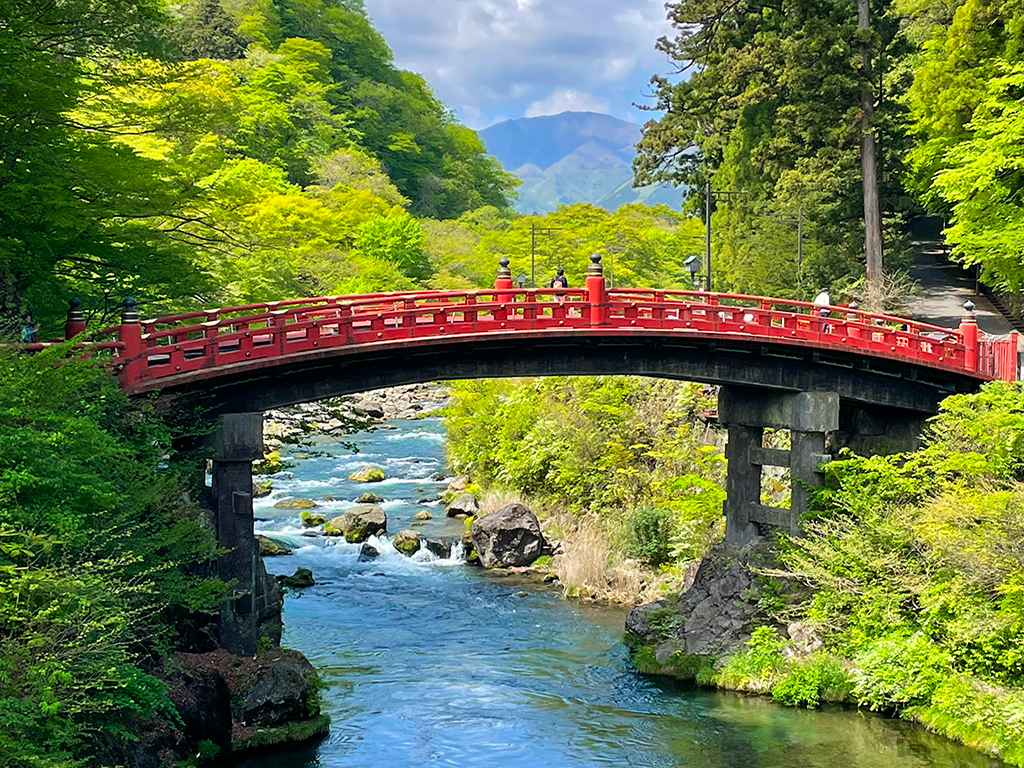
Nikko, located in the mountains north of Tokyo, is known as much for its natural beauty as for its rich cultural heritage.
Nestled in a cedar forest and surrounded by mountains is the Nikko Shrine complex, recognised as a UNESCO World Heritage Site. This complex is an architectural masterpiece, with imposing towers, portals and bridges reflected in the waters of the surrounding lakes. The Toshogu Temple, famous for its decorations and intricate sculptures, is a testament to the greatness of Japanese art and architecture of the Edo period. In addition to its sacred attractions, Nikko also offers a variety of hiking trails and natural hot springs.
Read the article with the detailed itinerary of a day trip to Nikko.
Mount Fuji (day trip)
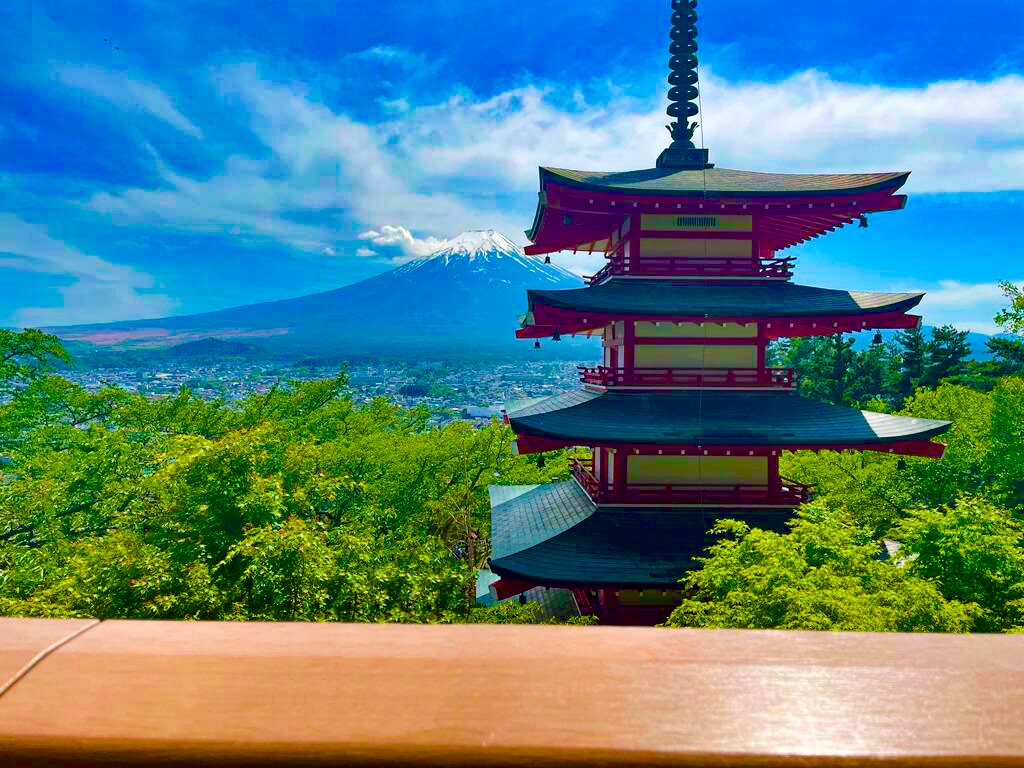
Mount Fuji, an iconic symbol of Japan, enchants with its majestic beauty and timeless charm.
Located about 100 kilometres south-west of Tokyo, Fuji-san is an imposing presence that rises above the surrounding landscape, dominating the horizon with its perfectly conical shape. Surrounded by picturesque lakes, forests and rural villages, it is a place of great natural beauty and spirituality.
Climbing Fuji is undoubtedly an epic experience and a challenge for many trekking and adventure enthusiasts, who tackle the path to its summit to be rewarded with a breathtaking view of the entire surrounding region.
For those who want a slightly softer excursion but wish to admire this natural wonder up close, the fifth station is a good compromise. Here, Arakurayama Sengen Park offers a very picturesque setting, with well-kept gardens and scenic paths leading to the famous Chureito Pagoda, a five-storey red structure silhouetted against the sky and offering a breathtaking view of Mount Fuji. Nearby, Tenjoyama Park offers another unique perspective on the mountain, with winding paths winding through ancient trees and colourful flowers. Finally, the Kawaguchiko Natural Living Centre is a natural oasis at the foot of Mount Fuji that is well worth a visit.
Here is the article on what to do on a day trip to Mount Fuji.
Kyoto (4 days)
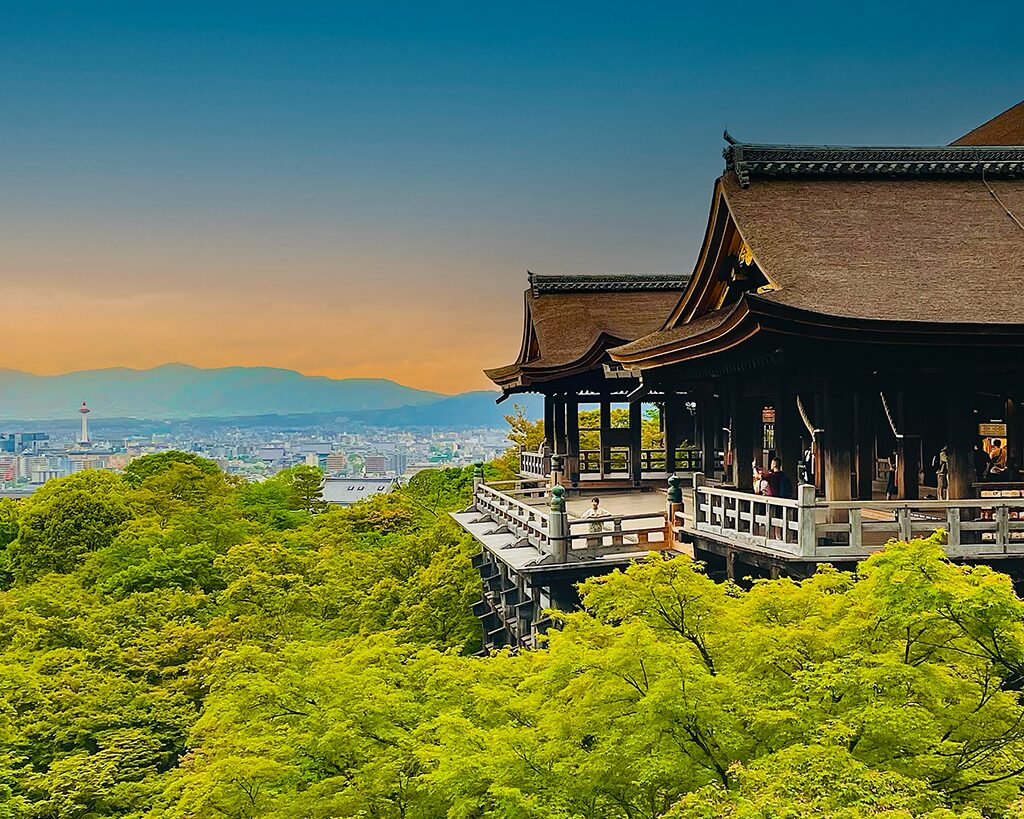
Steeped in Japanese tradition and enveloped in a magical atmosphere, Kyoto is an enchanting city. With more than 2,000 temples and shrines, each telling a thousand-year-old story, and its magnificent Zen gardens, it is a true treasure trove of cultural heritage.
The Higashiyama district is a journey into the past, with its ancient cobbled streets, centuries-old temples and traditional gardens transporting visitors to the age of the samurai and geisha. Gion, famous for being the geisha district, is an authentic experience of Japanese culture, with its elegant traditional houses, fine restaurants and kabuki theatres. The Arashiyama district is surrounded by nature, with its bamboo forests, hidden temples and the picturesque Katsura River inviting one to stroll along its banks. The city centre, with its modern shopping malls and trendy cafés, offers a fascinating contrast to its ancient historical attractions, such as the famous Golden Temple and the majestic Nijo Castle.
If you want to learn more read our detailed Kyoto itinerary.
Where to sleep
Kyoto is a city that covers a vast territory, with its attractions scattered in various areas. The choice of where to sleep is important to make the best possible arrangements.
Centre: The area around the station is a great choice because it offers unrivalled convenience, with all means of transport leaving from here, including buses, metro and trains to Nara and Osaka. As well as being the hub, the station offers several affordable accommodation options, as well as a variety of restaurants where you can dine before returning. In the evenings, the atmosphere is quiet and homely.
East Kyoto: This area is one of the best choices for accommodation, ideal for visiting the city’s main attractions. The Higashiyama area is full of excellent accommodation facilities, with numerous restaurants and picturesque pedestrian streets where one can stroll in the evening, immersing oneself in a traditional and nostalgic atmosphere.
Western Kyoto: The western area, particularly the Arashiyama area, is rich in natural beauty. However, I recommend only staying here for one or two nights at most, just long enough to explore the surroundings. As the centre and the main temples and shrines are quite far away, an extended stay may be inconvenient.
How to move
Getting around Kyoto is relatively easy thanks to its efficient public transport network. One of the most convenient modes is by bus – we used them a lot. Alternatively, the metro, although not as extensive as in Tokyo, connects some key areas of the city and can be a quick and convenient option. For those who prefer a greener option, there is a well-developed bike-sharing system, with numerous stations scattered around the city. Moreover, it is a city that can be easily explored on foot, especially in its historical areas such as the Gion district or the Philosopher’s Path.
Extra stage: Kurama and Kibuna (day trip)
Kurama and Kibune are two ancient villages located in the heart of the mountains north of Kyoto, offering a unique experience of nature, spirituality and Japanese tradition. Although we didn’t manage to make the excursion (due to a train blockage caused by a heavy downpour) I feel like putting it on the itinerary because from what I’ve read online it sounds like an unmissable experience!
The route between Kurama and Kibune passes through mountain landscapes and shrines along forest paths, which follow the ancient post road that connected Kyoto with the northern region of Japan. The village of Kurama is famous for its ancient shrine, Kurama-dera. Here, one can visit the sacred buildings, admire the works of art and participate in the spiritual traditions of the place. Continuing along the route, one arrives at Kibune, a quiet village known for its shrine dedicated to the water deity. Here, you can stroll along the river, admire the waterfalls and enjoy delicious traditional meals served on platforms above the water.
Osaka (2 days)
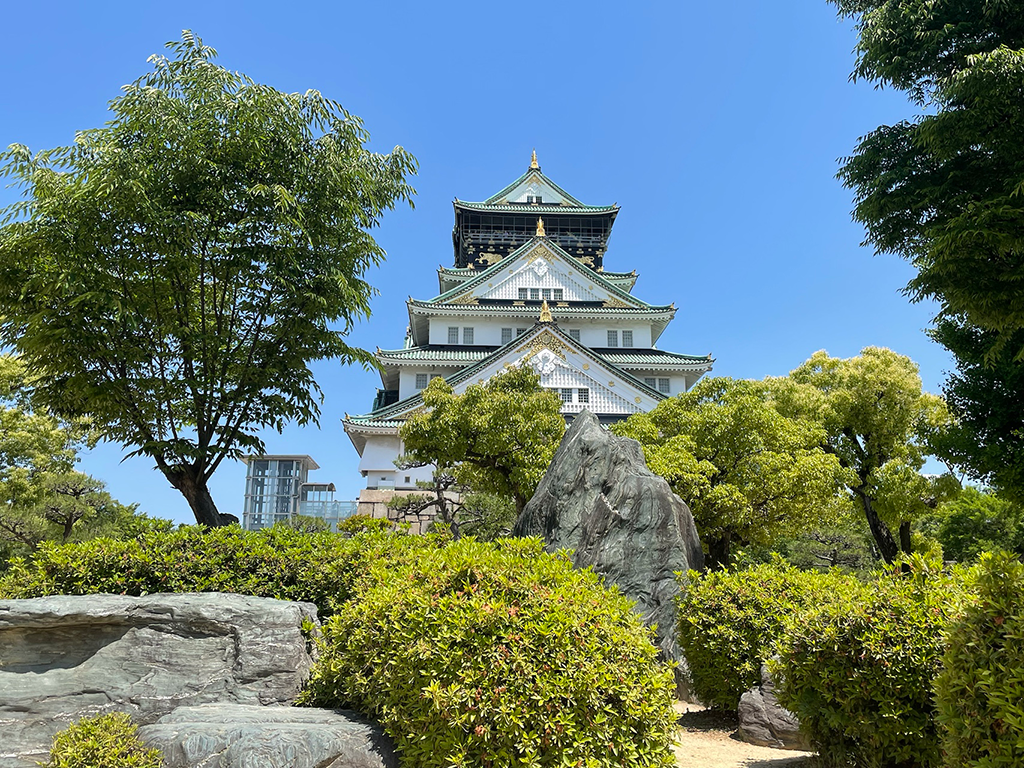
Osaka, known as the ‘kitchen of Japan’, is a true paradise for food lovers, offering a variety of delicacies ranging from street food to the finest local specialities.
The Dotonbori district is the heart of Osaka’s food scene, characterised by lively streets, bright neon signs and a myriad of restaurants and stalls offering both traditional and modern dishes. But it’s not just food: the city’s rich historical and cultural heritage is reflected in its many temples and shrines, such as the majestic Sumiyoshi Shrine and the striking Shitennoji Temple. The modern part is represented by Umeda with its state-of-the-art skyscrapers and shopping malls. For those seeking a lively nightlife, Namba is the place to be, with trendy bars, clubs and nightclubs open until dawn.
If you want to learn more read our detailed Osaka itinerary.
Where to sleep
In Osaka, it is essential to make sure you sleep in a central location, considering the city’s extensive and dispersed size.
Umeda: The area around Umeda station offers a wide range of value-for-money accommodation. It is renowned for the presence of numerous restaurants, and is extremely convenient for getting around outside the city due to its proximity to Shin-Osaka Station, the departure point for shinkansen trains.
Namba: If you want to immerse yourself in the lively nightlife, this is the ideal solution. This district is full of restaurants, bars and discos, providing entertainment at all hours. The Namba station offers easy access to the various parts of the city.
Osaka Castle: Around the Castle you can find some good hotels. Usually, accommodation in this area is cheaper.
How to move
Getting around Osaka is easy thanks to its extensive public transport network, including the metro. With 125 stations and 8 lines stretching in all directions, it effectively connects the districts and suburbs of the metropolis. These lines provide quick and direct access to many major attractions, such as the Castle, Dotonbori and Shinsekai District.
Nara (day trip)
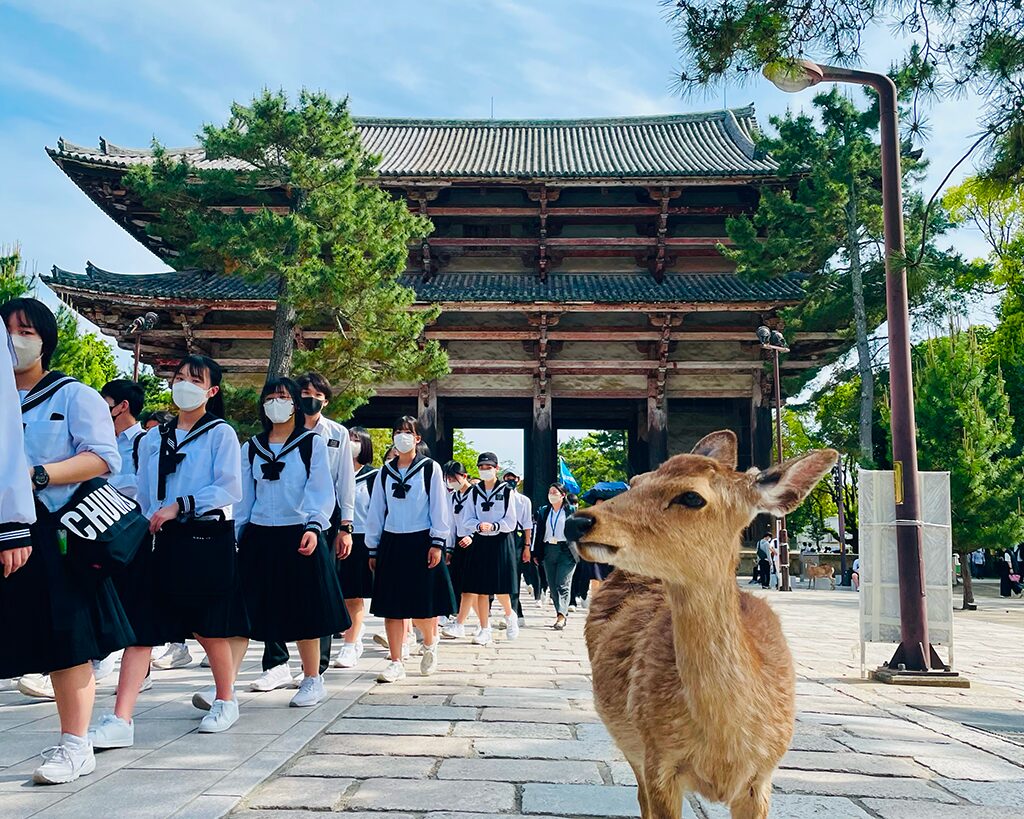
Nara, the first capital of Japan, is a charming town rich in history and natural beauty, located a short distance from Kyoto and Osaka. Famous for its wild deer that roam freely through the city’s parks and streets, befriending tourists and sometimes bullying them (lol) is an absolute must-see.
Nara Park is the hub of the city’s activity, home to some of its main treasures, including the famous Todai-ji Temple, with its imposing Buddha statue, and the picturesque Kasuga Shrine, with its mysterious paths of stone lanterns.
Read our article on what to see on a day trip to Nara.
Mount Koya (day trip)
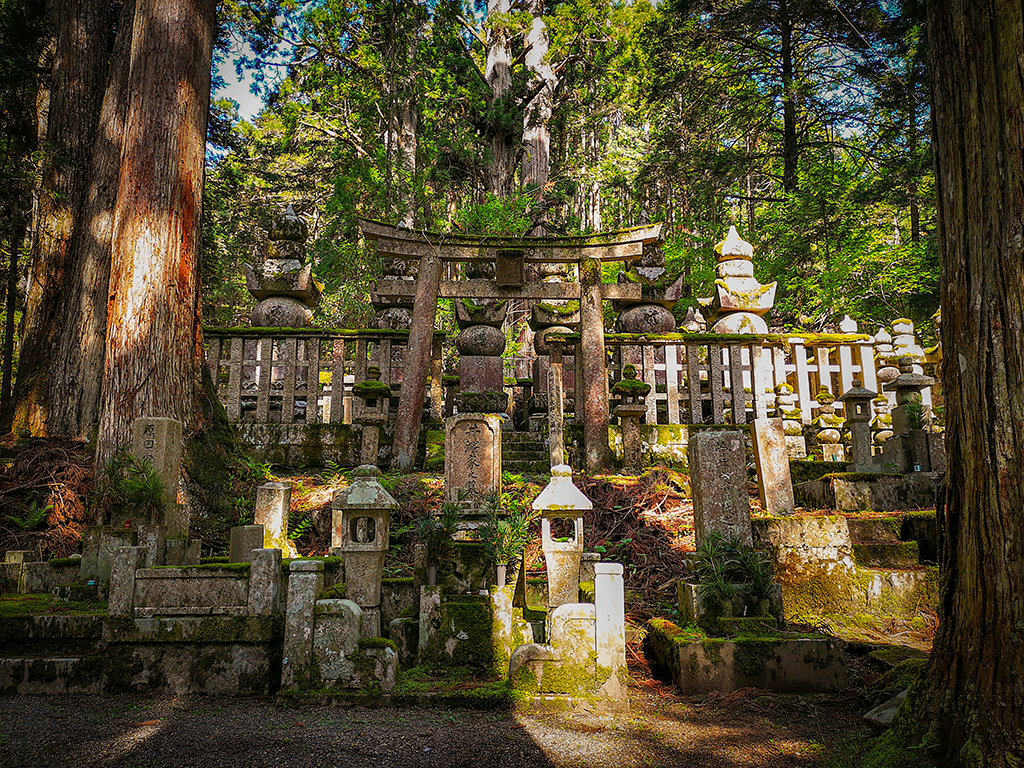
A hike to Mount Koya, or Koyasan, is a unique experience in the true spiritual heart of the country.
Located in the mountains of Wakayama Prefecture, Koyasan is the centre of Shingon Buddhism and home to over 100 temples and monasteries. One can immerse oneself in the tranquillity and spirituality of this sacred place by following ancient paths through cedar forests and breathtaking landscapes. A must-see is the famous Okunoin, Japan’s largest cemetery, where thousands of stone lanterns illuminate the path leading to the mausoleum of the founder of Shingon Buddhism, Kobo Daishi. Other places of interest include the Kongobuji temple, with its magnificent Zen gardens and meditation halls, and the Danjo Garan, a complex of temples and sacred structures that have witnessed religious practice for centuries.
Read our complete guide for a day trip to Mount Koya.
Last modified: 15 June 2025
